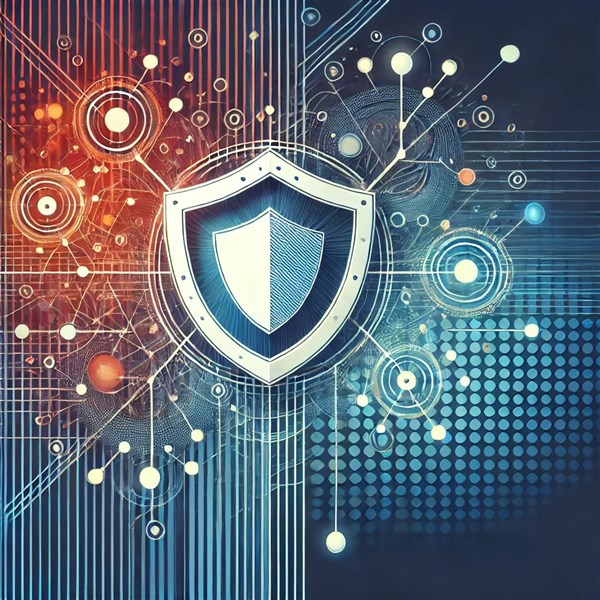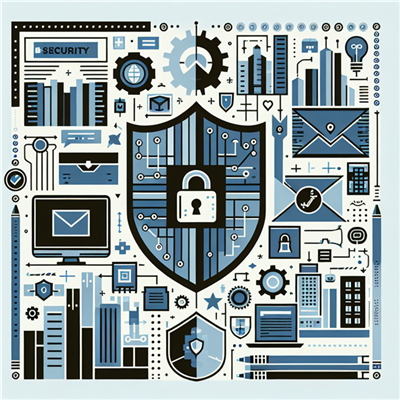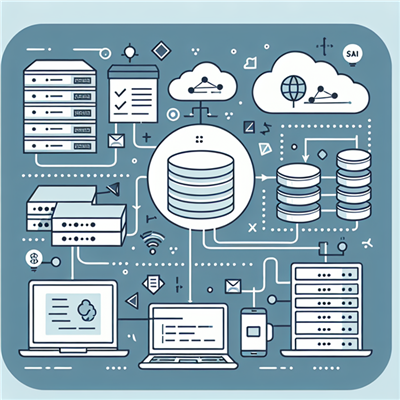
As cyber threats continue to evolve and become more sophisticated, organizations must protect their endpoints from a variety of attacks, ranging from malware and ransomware to data breaches and phishing attempts. Endpoint security has become a critical aspect of any enterprise security strategy, and Symantec Endpoint Security is one of the most trusted solutions available today.
Symantec, now part of Broadcom, has been a leader in cybersecurity for decades, offering a comprehensive suite of solutions to protect businesses and individuals alike. Symantec Endpoint Security provides organizations with an array of tools to protect their devices and sensitive information across both on-premise and remote work environments. In this blog, we will explore the top features of Symantec Endpoint Security that make it a leader in the endpoint protection space.
Top Features of Symantec Endpoint Security
1. Real-Time Threat Protection
One of the core features that set Symantec Endpoint Security apart is its real-time threat protection. With the growing sophistication of cyber threats, traditional antivirus solutions are no longer sufficient. Symantec uses a combination of signature-based detection and behavioral analysis to identify and block malicious activity in real time.
- Proactive Defense: Symantec continuously monitors devices and analyzes behavior patterns to detect anomalies. This proactive approach helps block threats before they can compromise sensitive data or systems.
- Advanced Threat Detection: The solution uses machine learning and AI-powered analytics to identify and stop unknown threats such as zero-day exploits and advanced persistent threats (APTs).
This combination of real-time protection and AI-based threat detection provides a comprehensive defense against emerging and evolving cyberattacks.
2. Machine Learning and AI-Based Threat Detection
Symantec Endpoint Security integrates artificial intelligence (AI) and machine learning (ML) to provide advanced threat detection capabilities. These features enable the system to identify complex threats that traditional signature-based methods might miss.
- Anomaly Detection: Machine learning algorithms can detect deviations from normal activity and flag them as suspicious. This is particularly important for identifying new, previously unseen threats.
- Automated Response: AI-driven systems automatically respond to detected threats by quarantining infected files, blocking malicious websites, and preventing the spread of malware across endpoints.
This advanced technology ensures that even the most sophisticated attacks are detected and neutralized as quickly as possible, reducing the time between threat detection and remediation.
3. Ransomware Protection and Remediation
Ransomware attacks have become one of the most prevalent and dangerous threats in the cybersecurity landscape. Symantec Endpoint Security offers dedicated ransomware protection to prevent, detect, and remediate these attacks, helping organizations avoid costly data breaches and downtime.
- Behavioral Analysis: Symantec’s endpoint protection uses behavioral analysis to detect suspicious behavior patterns commonly associated with ransomware, such as encryption of large volumes of files.
- Real-Time Blocking: When ransomware-like activity is detected, Symantec immediately blocks the malicious file and prevents it from executing.
- Automated Remediation: If a ransomware attack is successful, Symantec’s system can roll back the infected files to their previous safe states using its automatic remediation capabilities.
Symantec’s approach ensures that ransomware attacks are detected early, minimizing the damage and impact on your organization.
4. Endpoint Detection and Response (EDR)
Endpoint Detection and Response (EDR) is a feature that provides detailed visibility into endpoint activities, allowing security teams to identify, investigate, and respond to threats quickly. Symantec’s EDR capabilities are integral to its endpoint protection suite.
- Continuous Monitoring: Symantec EDR offers continuous monitoring of endpoints, collecting detailed data on every process, file, and network connection. This allows for rapid investigation of potential threats.
- Incident Response: If a threat is detected, security teams can leverage Symantec’s EDR tools to quickly analyze the situation, contain the attack, and initiate response procedures.
- Forensics: Symantec provides forensic capabilities that help security professionals understand the scope of an attack, pinpoint how it began, and track the path it took through the network.
This deep visibility ensures that even sophisticated attacks can be effectively contained and eliminated.
5. Data Loss Prevention (DLP)
Protecting sensitive data is a key aspect of endpoint security, and Symantec provides Data Loss Prevention (DLP) features to ensure that critical information doesn’t fall into the wrong hands.
- Prevent Data Leaks: Symantec DLP prevents sensitive data from being inadvertently or intentionally shared or exposed.
- Policy Enforcement: You can set up policies to monitor and control data transfers, ensuring that only authorized users can access or transmit specific types of data.
- Secure Cloud and USB Use: Symantec’s DLP extends protection to cloud storage services and USB devices, preventing unauthorized data access, transfers, and breaches outside your network.
By preventing data loss, Symantec helps organizations stay compliant with data protection regulations like GDPR, HIPAA, and PCI-DSS.
6. Cloud-Native Security for Modern Workforces
With the growing adoption of cloud computing and remote work, endpoint security solutions need to secure devices that are not always within the traditional corporate perimeter. Symantec Endpoint Security offers cloud-native protection to secure endpoints in today’s hybrid and cloud-based environments.
- Cloud Integration: Symantec’s cloud-based architecture allows organizations to manage endpoint protection from anywhere, enabling secure access to resources from remote locations.
- Global Threat Intelligence: Symantec taps into a global network of threat intelligence to provide real-time protection across cloud, on-premise, and hybrid environments.
- Zero Trust Security: Symantec adopts a Zero Trust approach to ensure that every device and user is continuously verified before accessing resources.
Cloud-native security ensures that no matter where your workforce is located, your endpoints remain protected.
7. Centralized Management and Reporting
Managing endpoint security across a large enterprise can be complex. Symantec simplifies this process with its centralized management console, which allows administrators to oversee all endpoints from a single interface.
- Unified Dashboard: The centralized management console provides a unified view of endpoint status, threat activity, and compliance metrics.
- Customizable Policies: Administrators can configure security policies for different user groups and devices based on their specific needs.
- Detailed Reporting: Symantec provides detailed reporting tools that give administrators insights into security events, system vulnerabilities, and compliance status.
These features streamline endpoint security management, making it easier for IT teams to monitor, configure, and optimize their security posture.
8. Integration with Other Security Solutions
In today’s multi-layered security environments, endpoint protection solutions need to work in concert with other security tools, such as firewalls, network security, and identity management systems. Symantec Endpoint Security integrates seamlessly with other Symantec solutions and third-party tools to provide a cohesive defense against cyber threats.
- API Integrations: Symantec’s open API architecture allows it to integrate with other security platforms and solutions, enabling centralized management of multiple security systems.
- Cloud Security Integration: Symantec can integrate with cloud security tools to protect data, applications, and workloads hosted in the cloud.
This integration ensures that your endpoint security solution works in harmony with your broader security infrastructure, providing more effective protection.
Conclusion
Symantec Endpoint Security stands out as one of the most comprehensive and effective endpoint protection solutions available. With features like real-time threat protection, AI-driven detection, ransomware defense, endpoint detection and response (EDR), and data loss prevention (DLP), Symantec helps organizations safeguard their endpoints against an increasingly complex threat landscape.
By leveraging advanced technologies and integrating seamlessly with other security solutions, Symantec provides organizations with the tools they need to defend against cyberattacks, secure sensitive data, and ensure compliance with regulatory standards. If you're looking for a reliable and advanced solution to protect your endpoints, Symantec Endpoint Security offers all the features you need to stay secure in a digital-first world.
To fully leverage the capabilities of Symantec Endpoint Security, appropriate training is essential. Koenig Solutions, a leading IT training company, offers comprehensive training courses that equip learners with the skills and knowledge to utilize Symantec Endpoint Security effectively.







COMMENT